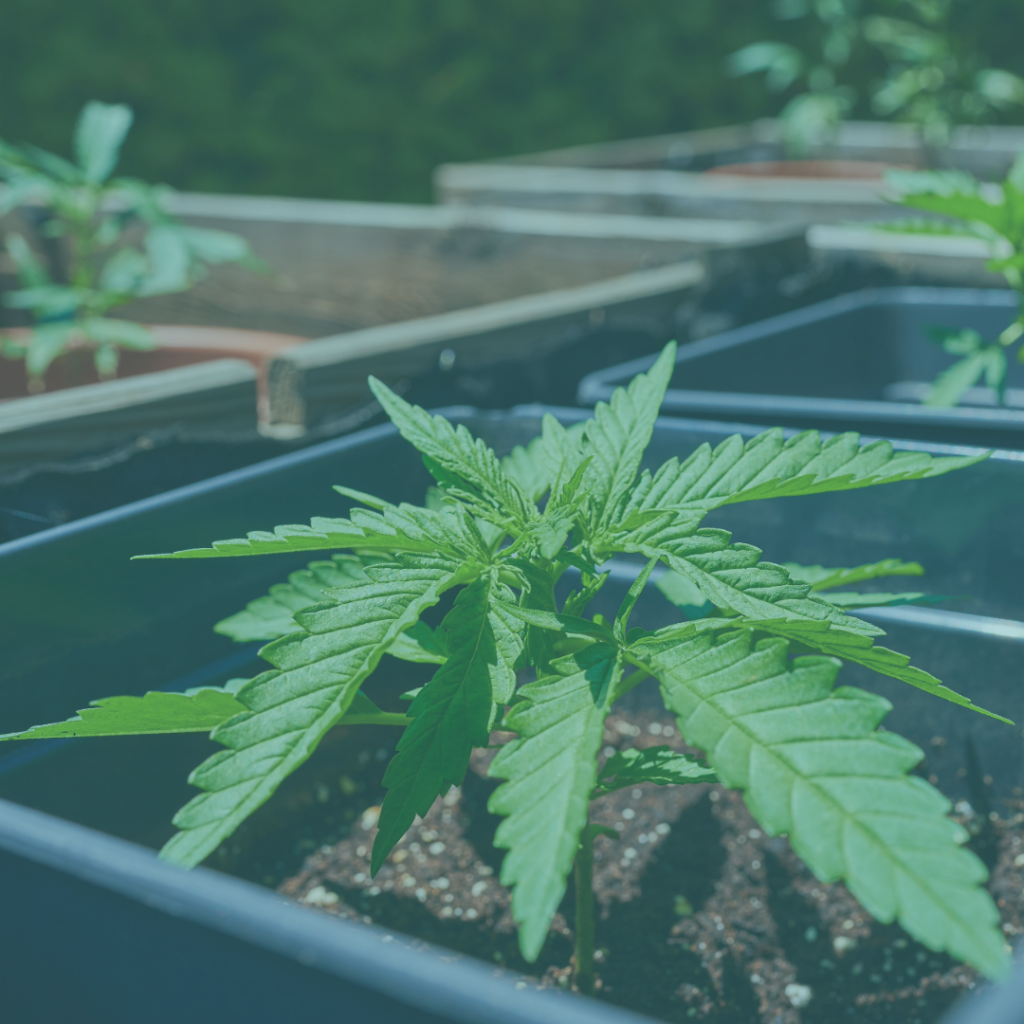In the world of cannabis cultivation, data is queen. Cannabis Harvest Data is the duchess. From optimizing growing conditions to maximizing yield, harnessing the power of data can revolutionize the cannabis industry. One area where data plays a crucial role is in cannabis harvests. By collecting and analyzing harvest data, growers can gain valuable insights that can help them improve their crops, increase efficiency, and ultimately, boost profitability.
Key Cannabis Harvest Data Points
Here are key data points that cannabis cultivators should consider collecting:
- Strain Information: Record details about each cannabis strain being cultivated, including genetic lineage, phenotypic traits, terpene and cannabinoid profiles (THC, CBD, etc.). Understanding the strains grow time will be a key cannabis harvest data point for scheduling and demand planning.
- Environmental Conditions: Monitor and record temperature, humidity, light intensity, CO2 levels, and other environmental factors within the cultivation facility. This data helps optimize growing conditions and troubleshoot issues.
- Nutrient and Water Usage: Track the types and amounts of nutrients and water used for irrigation, as well as pH and EC (electrical conductivity) levels. This ensures proper plant nutrition and helps prevent over or underfeeding.
- Pest and Disease Incidences: Document any pests, pathogens, or diseases affecting the plants, along with the actions taken for mitigation. Early detection and management are essential to prevent crop loss.
- Harvest Data: Record harvest dates, yields, and quality metrics such as cannabinoid content, terpene profiles, and moisture levels. This information guides harvesting practices and informs future cultivation decisions.
- Labor and Resource Usage: Track labor hours, equipment usage, and other resources expended during cultivation operations. This helps assess operational efficiency and allocate resources effectively.
- Compliance Documentation: Maintain detailed records to ensure compliance with local regulations, including cultivation permits, pesticide usage logs, waste disposal records, and testing results for potency and contaminants.
- Propagation Data: Document propagation methods, such as cloning or seed germination, along with success rates and genetic characteristics of parent plants. This supports consistent plant propagation and strain development.
- Energy Consumption: Monitor energy usage related to lighting, HVAC systems, and other cultivation equipment to identify opportunities for energy efficiency improvements and cost savings.
- Crop Tracking and Inventory Management: Implement a robust tracking system to monitor plant growth stages, batch numbers, and inventory levels from seed to sale. This facilitates traceability and ensures compliance with seed-to-sale tracking requirements.
- Customer Feedback and Market Trends: Gather feedback from customers regarding product preferences, quality, and efficacy. Stay informed about market trends, consumer demand, and competitor offerings to adapt cultivation strategies accordingly.
By collecting and analyzing these key data points, cannabis cultivators can make informed decisions to optimize their processes, improve product quality, and maintain regulatory compliance in the rapidly evolving cannabis industry.
One of the key benefits of harvest data is its ability to provide growers with a detailed picture of their crop’s performance. By tracking metrics such as yield per plant, THC and CBD levels, and harvest times, growers can identify trends and patterns that can help them make more informed decisions in the future. For example, if a grower notices that a certain strain consistently produces a higher yield than others, they may choose to allocate more resources to that strain in future grows.
Harvest data can also help growers optimize their growing conditions. By tracking environmental factors such as temperature, humidity, and light levels, growers can identify the ideal conditions for their crops and make adjustments accordingly. This can lead to higher yields, better quality crops, and lower production costs.
In addition to improving crop quality and yield, harvest data can also help growers comply with regulations. Many jurisdictions have strict regulations regarding the cultivation and sale of cannabis, and keeping detailed records of harvest data can help growers ensure that they are in compliance with these regulations. By tracking metrics such as pesticide use, THC levels, and harvest times, growers can demonstrate to regulators that their crops are safe and legal. Harvest data may also be a labeling requirement.
Looking to the future, the potential of harvest data in the cannabis industry is limitless. As technology continues to advance, growers will have access to more sophisticated tools and techniques for collecting and analyzing data. From automated harvesting systems to AI-powered analytics platforms, the future of cannabis harvest data is bright.
In conclusion, harvest data is a valuable asset for cannabis growers. By collecting and analyzing data, growers can gain valuable insights that can help them improve their crops, increase efficiency, and comply with regulations. As technology continues to advance, the potential of harvest data in the cannabis industry is limitless, and growers who embrace this technology will be well-positioned to succeed in the future.
Are you collecting the harvest data that you need? Choosing the right seed to sale software system and using it correctly are critical in the success of a cannabis empire.






